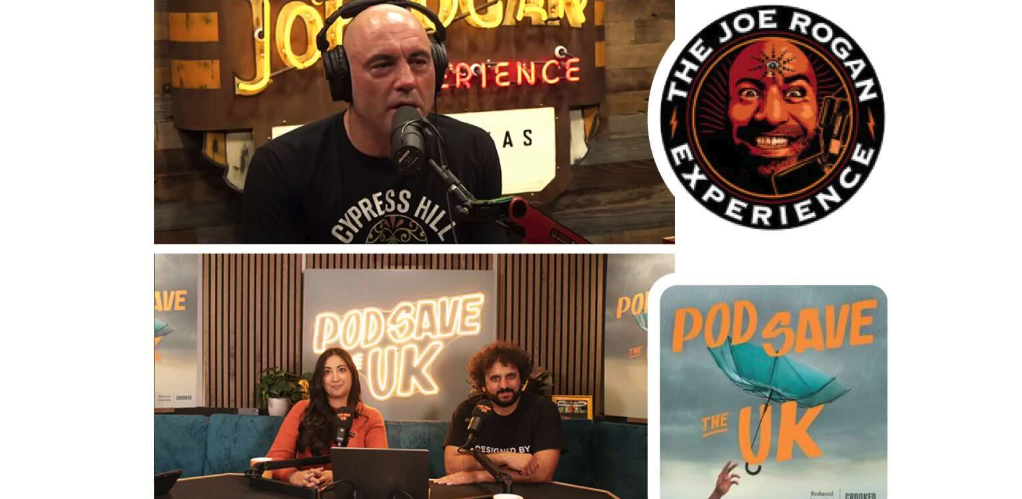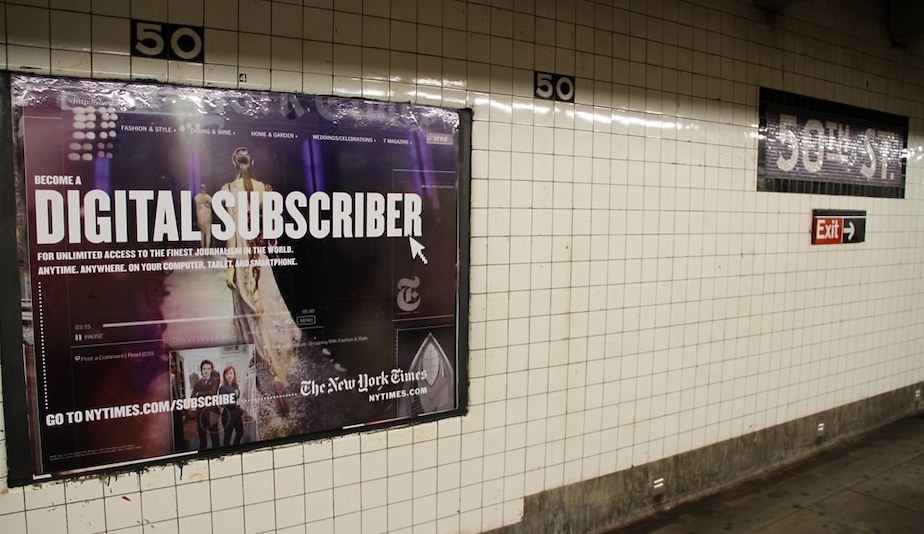
Newsletter
Newsletter
Publishers and broadcasters are moving beyond using AI to automate tasks to create new products and business lines.
6th September 2024

At the recent News in the Digital Age conference, Jeremy Walker, the head of BBC Ventures, asked panellists discussing AI in news organisations whether the industry was striking the right balance between keeping editorial guardrails in place and innovating quickly enough.
The implication was that they were being too cautious. However, several media organisations at the conference hosted by FT Strategies showed that editorial guidelines were not stopping them from integrating AI technologies into their operations and products.
Key takeaways:
At the conference, media organisations said one thing they aren’t doing is replacing journalists with AI. “(Audiences) want to know that a human is behind the story,” Lea Korsgaard, editor-in-chief and co-founder at Zetland, said.
Media professionals watching this space will know Ezra Eeman, the strategy and innovation director at Dutch public broadcaster NPO, from his Wayfinder newsletter covering AI developments.
The broadcaster’s use of AI is grounded in their core values of keeping audiences at the centre of what they do and their public service mission. It also has to fit into their corporate strategy. NPO sees AI as a set of tools to “create value more efficiently rather than replace humans”, Ezra said.
For years, the public broadcaster has used AI technologies for recommendation systems as well as the automated generation of subtitles and metadata for their archives. “The new generation of genAI has made (these tools) more available to audiences and newsrooms,” he said.
NPO’s experience also shows why editorial guidelines are important. Dutch newspapers criticised the public broadcaster for using an AI-generated image in their 7 o’clock news
bulletin, Ezra said. They have backed off of using genAI images in news reports, and he said that they aren’t confident they could use them.
However, Jeremy Walker from BBC Ventures made the point that the current generation of genAI tools isn’t as good as journalists but might be in a couple of iterations with the rapid pace of development. However, the point was made by speakers that AI degrades rapidly in a couple of generations if it is trained on AI content. And Lea made the point that AI isn’t very good at replicating the voice of human writers, which is part of the enjoyment of journalism. Moreover, research from the Reuters Institute has found that readers might not be willing to pay as much for AI-generated journalism as they would if journalists were involved.
At the Financial Times, “we see it as an additive tool rather than to replace people in the newsroom,” Matthew Graham, head of digital platforms and strategy, said. He provided several opportunities for how the FT uses AI to free up journalists, editors and audience development staff to deliver more value to audiences including:
While they are approaching AI in a “slow and methodical way”, they also have an “AI playground” in which to develop new applications. They are currently testing summarisation and an Ask FT search engine that allows journalists to query its archive.
At Zetland, editor-in-chief Lea Korsgaard said they have used ChatGPT4 and Google’s Pinpoint tool to support their journalism. She provided the example of an investigation they carried out that required the translations of a large number of handwritten letters in Swedish. Pinpoint allows journalists to upload documents, audio and video and summarise and analyse them quickly.
Having used AI for several years, the Dutch public broadcaster views AI applications for automation and efficiency as a baseline use everyone will take advantage of.
They want to look to the frontier of its application to make their offering more personal and do things that wouldn’t be possible without it. “Can we take risks? Can we explore and innovate? Stories are no longer the endpoint. We can make them more interactive,” Ezra said.
They considered how they would do a podcast “from someone who had already died”, he said. They wanted to bring back the voice of Willem Oltmans, a Dutch investigative journalist who had interviewed the mother of Lee Harvey Oswald. Initially, they didn’t even know how to approach the project legally so they approached a foundation dedicated to his work and memory. After getting permission to use AI to replicate his voice, they had to work to make the audio sound “like him and not a bot”, Ezra said.
This wasn’t the only example of using AI to generate synthetic voices. In a review of projects as part of FT Strategies-GNI AI Launchpad, José Gutiérrez, the General Director of Solutions, Digital and Technology for PRISA Media in Spain, described how the group experimented with AI-generated synthetic voices for their podcasts using Wondercraft. They used both fully synthetic voices and AI-cloned voices of some of their high-profile journalists for their flagship newspaper, El País, to produce two op-ed podcasts and three daily news roundups.
In planning the project, they identified that risks included a negative impact on the quality of the podcasts and the ethics of using AI to clone voices.
They found that automation and cloned voices cut podcast production time by 25%. They had expected more time savings, but to achieve the quality they wanted, the final audio production process still was time-consuming. They expect to become more efficient as editors become more familiar with the technology.
A panel of 12 subscribers reviewed the podcasts. Transparency about the use of AI was important. “Everyone knew it was a cloned voice. The feedback was that they would rather have an El País voice than a robot,” José said. They are now exploring whether celebrities and high-profile footballers would agree to AI-generated versions of their voices.
As Ezra at NPO said, media organisations like his are exploring the frontier of what is possible with AI.
Zetland is one of a handful of independent European publishers that develop their own technology. Their four founders left legacy media outlets in 2012 because they believed that the “constant influx of news was weakening readers’ interest and harming democracy”, according to The Fix. One could argue that they were early to realise the news avoidance that Reuters Institute research has found increasing in its recent Digital News Reports. They deliver differentiated content and a unique user experience to their 40,000 members. Based on requests from their members, Zetland delivered the ability to listen to stories rather than read them in 2017. They were ahead of the current trend of major publishers offering text-to-speech versions of content. Moreover, they developed their own CMS to support text-to-speech publishing and allow readers to switch between reading and listening seamlessly.
This culture of audience focus and technical agility led them to experiment with OpenAI’s Whisper, a speech-to-text service. Journalists often record their interviews and transcription services save them time. At Schibsted’s Norwegian newspaper, VG, their internal AI-powered transcription service, JoJo, already has saved journalists an estimated 18,000 hours of effort by February 2024.
However, at Zetland, journalists found that these services weren’t that accurate for Danish. Often AI tools focus on large language markets such as English, Spanish, Arabic and Chinese but aren’t trained on languages with fewer speakers. When Zetland’s Jakob Steinn started to experiment with Whisper and saw the results, he said, “I have now seen God”, Lea told the conference audience.
When they posted a beta of the transcription tool he developed, Good Tape, on Twitter, other Danish publishers expressed interest in it. The journalist-oriented service offers secure transcription services and now has customers in every country in the world, apart from North Korea, she said. It has been so successful that Zetland has spun off the product into its own company. Zetland’s Head of Product and Growth Sebastian Winther told The Fix that they see it as “a start-up in a start-up”.
AI-driven automation and efficiency are now solidly part of media companies’ tool kit, the baseline use case, as Ezra says. These examples show that news organisations are moving forward at speed with innovation grounded in editorial guidelines and focused on delivering value to journalists and audiences.
Here are some of the most important headlines about the business of news and publishing as well as strategies and tactics in product management, analytics and audience engagement.

Newsletter

Newsletter

Newsletter

Newsletter

Newsletter